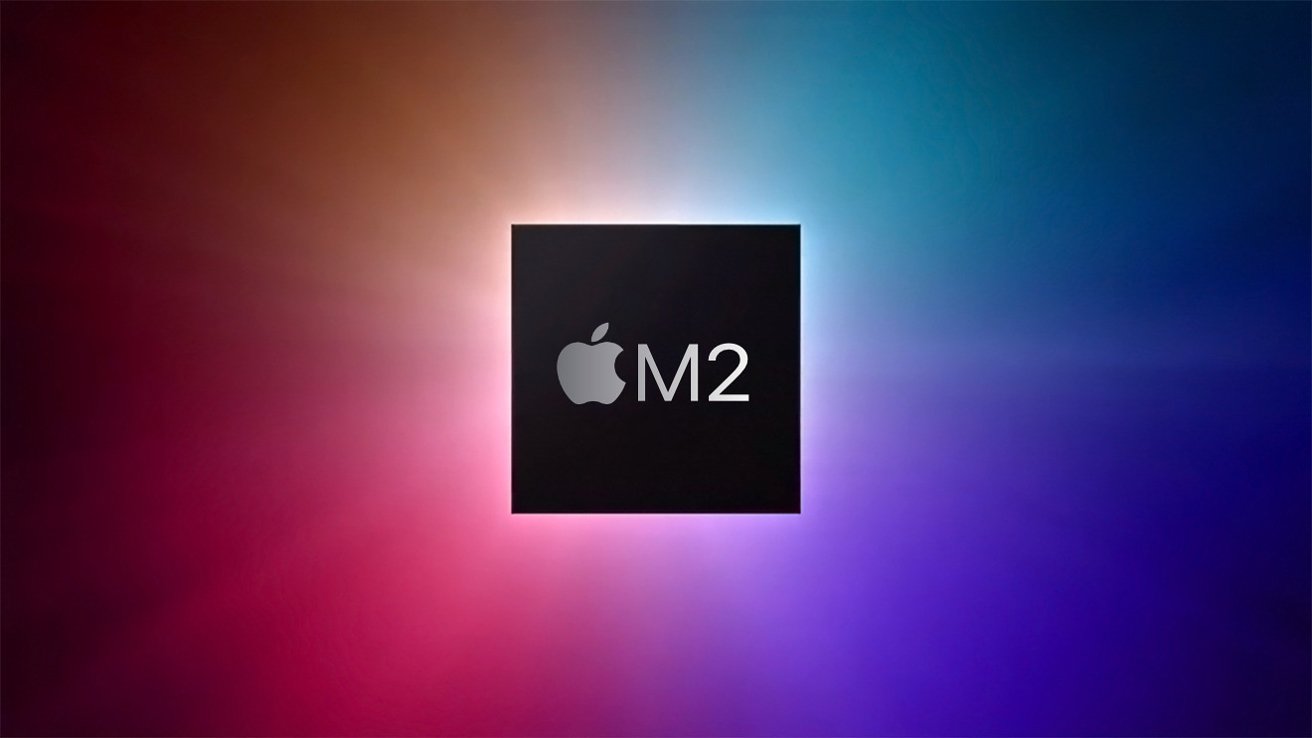New MacBook Air, MacBook Pro with M2 said to launch in late 2022
A new report suggests that Apple's new MacBook Air and MacBook Pro will show up at an Apple Event in 2022, sporting Apple's rumored new M2 chip.

On Tuesday, Apple announced the brand new Mac Studio, Studio Display, iPad Air 5, and iPhone SE.
Notably, the MacBook Air was not at the event, making it more likely that the model will appear at an event later in the year.
It's possible that the next-generation MacBook Air would see some significant redesigns. For example, it's anticipated that the new MacBook Air will mimic the 24-inch iMac color choices.
But, it's also looking more likely that it will see an internal upgrade as well.
According to sources talking to 9to5Mac, the MacBook Air, said to be codenamed J413, will boast Apple's next-gen entry-level M2 chip. The M2 chip will be based on the A15 chip and will allegedly feature the same eight-core CPU of the M1 but boast a more powerful 10-core GPU.
The sources also allegedly say that the 13-inch MacBook Pro will stick around for a while longer and receive the M2 chip. The new MacBook Pro (codenamed J493) isn't anticipated to get a redesign upon the next update.
It's also been rumored for some time that Apple may drop the word "Air" or "Pro" from an upcoming model, returning its status to just "MacBook."
Apple often rolls out upgrades to new devices by starting with lower-end models, and it has been incrementing a digit to show that the new product is an update for some time. The 2020 13-inch MacBook Pro and MacBook Air were the first models to receive Apple's M1 chip, and will be first in line to receive the next chip upgrade which has been rumored to be, and is logically, going to be called the M2.
Read on AppleInsider

On Tuesday, Apple announced the brand new Mac Studio, Studio Display, iPad Air 5, and iPhone SE.
Notably, the MacBook Air was not at the event, making it more likely that the model will appear at an event later in the year.
It's possible that the next-generation MacBook Air would see some significant redesigns. For example, it's anticipated that the new MacBook Air will mimic the 24-inch iMac color choices.
But, it's also looking more likely that it will see an internal upgrade as well.
According to sources talking to 9to5Mac, the MacBook Air, said to be codenamed J413, will boast Apple's next-gen entry-level M2 chip. The M2 chip will be based on the A15 chip and will allegedly feature the same eight-core CPU of the M1 but boast a more powerful 10-core GPU.
The sources also allegedly say that the 13-inch MacBook Pro will stick around for a while longer and receive the M2 chip. The new MacBook Pro (codenamed J493) isn't anticipated to get a redesign upon the next update.
It's also been rumored for some time that Apple may drop the word "Air" or "Pro" from an upcoming model, returning its status to just "MacBook."
Apple often rolls out upgrades to new devices by starting with lower-end models, and it has been incrementing a digit to show that the new product is an update for some time. The 2020 13-inch MacBook Pro and MacBook Air were the first models to receive Apple's M1 chip, and will be first in line to receive the next chip upgrade which has been rumored to be, and is logically, going to be called the M2.
Read on AppleInsider

Comments
1. Drop the “Air” and “Pro”
2. Includes M2
3. Redesigned with current design language
4. 12” MacBook (passively cooled) will replace the Air
5. 14” MacBook (actively cooled) will replace the Pro
This Fall
My 2012 11" Air is still doing great, but could use a decent upgrade.
Not drop "Pro" from all laptops... but drop the 13" MacBook Pro. Their line up would return to...
MacBook
MacBook Pro
That's not more confusing. However, I do think Apple will keep and drop the price of the MacBook Air w/M1 as a low cost alternative.
"Air" just needs to go away. It's time has passed and is no longer relevant when there are now dozens of smaller and lighter ultrabooks on the market.
Maybe we’ll know by WWDC?